Code
HCS4193
Weight
5.8 Kg / 12.79 lbs
Size
Height
43cm (17") Width
30cm (12") Depth
22cm (9") Material
Copper
Availability
Subject to Avilability
Date Added
2009-12-10 08:10:22
Note : We used to sell this product 16 years ago so it may no longer be in our stock.
It is possible that we still have it with our suppliers but the price could be different from before.
Feel free to order. We will verify availability and inform you promptly.
It is possible that we still have it with our suppliers but the price could be different from before.
Feel free to order. We will verify availability and inform you promptly.

Safe Payment
We accept Paypal, Money Transfer, Bank Transfer
Confidence
Protection covers your purchase and personal data.
Worldwide Delivery
We ship Worldwide, except Russia.Shipping cost US$25.2 for upto 0.5 kgs

Hotline
Talk to help line for your question on 9841267335Old Post : OLD POST
Please note that this Maitreya Buddha Statue, [full Gold Plated], [old Post], [remakable] is an old post. We typically do not remove our posts from the website for various reasons, such as nostalgia and maintaining page ratings. These posts are not intended for direct sales, but occasionally, we can remake the items.
Please note that this Maitreya Buddha Statue, [full Gold Plated], [old Post], [remakable] is an old post. We typically do not remove our posts from the website for various reasons, such as nostalgia and maintaining page ratings. These posts are not intended for direct sales, but occasionally, we can remake the items.
Remakable : Remakable
Please note that the Maitreya Buddha Statue, [full Gold Plated], [old Post], [remakable] we posted some time ago is not currently available in our store. However, due to the possibility of a remake, it is still on sale. The remake will not be an exact replica of the original statue shown in the picture and will require additional time to be ready for dispatch. If you are willing to wait for this custom remake, you may proceed with your order. Thank you for your understanding and patience.
Please note that the Maitreya Buddha Statue, [full Gold Plated], [old Post], [remakable] we posted some time ago is not currently available in our store. However, due to the possibility of a remake, it is still on sale. The remake will not be an exact replica of the original statue shown in the picture and will require additional time to be ready for dispatch. If you are willing to wait for this custom remake, you may proceed with your order. Thank you for your understanding and patience.
Full Fire Gold Plating
This Maitreya Buddha Statue, [full Gold Plated], [old Post], [remakable] is finished with full gold plating. also known as mercury gold plating or fire gold plating. This traditional technique involves the application of a genuine layer of gold onto the Maitreya Buddha Statue, [full Gold Plated], [old Post], [remakable]. Referred to as mercury gold plating, it is considered the correct and authentic form of gold plating in Nepal. Despite being more expensive than electroplating, this traditional mercury gold plating is gaining popularity again in Nepal. People are drawn to its authenticity, longevity, and the unmatched beauty it brings to the Maitreya Buddha Statue, [full Gold Plated], [old Post], [remakable]. The resurgence of interest in this traditional form of gold plating reflects a growing appreciation for the craftsmanship and cultural heritage of Nepal Read More . . .
This Maitreya Buddha Statue, [full Gold Plated], [old Post], [remakable] is finished with full gold plating. also known as mercury gold plating or fire gold plating. This traditional technique involves the application of a genuine layer of gold onto the Maitreya Buddha Statue, [full Gold Plated], [old Post], [remakable]. Referred to as mercury gold plating, it is considered the correct and authentic form of gold plating in Nepal. Despite being more expensive than electroplating, this traditional mercury gold plating is gaining popularity again in Nepal. People are drawn to its authenticity, longevity, and the unmatched beauty it brings to the Maitreya Buddha Statue, [full Gold Plated], [old Post], [remakable]. The resurgence of interest in this traditional form of gold plating reflects a growing appreciation for the craftsmanship and cultural heritage of Nepal Read More . . .
Lost-Wax System
This Buddha of Maitreya Buddha Statue, [full Gold Plated], [old Post], [remakable] is made by the process of the Lost Wax system. This is a very complicated, time consuming and historic process of making metal sculptures.Which is why it is sometimes called Precision Casting as well. Hence the sculptures made by this process are comparatively expensive. There are many new, advanced and less time consuming methods of casting metal sculptures available as well. But due to the benefits provided by the traditional lost wax system in quality control and customization, we prefer the Loss wax system over Ceramic molding, or sand casting to make our Buddha.
Below we have tried to illustrate the process of making a loss wax system statue: Read More . . .
This Buddha of Maitreya Buddha Statue, [full Gold Plated], [old Post], [remakable] is made by the process of the Lost Wax system. This is a very complicated, time consuming and historic process of making metal sculptures.Which is why it is sometimes called Precision Casting as well. Hence the sculptures made by this process are comparatively expensive. There are many new, advanced and less time consuming methods of casting metal sculptures available as well. But due to the benefits provided by the traditional lost wax system in quality control and customization, we prefer the Loss wax system over Ceramic molding, or sand casting to make our Buddha.
Below we have tried to illustrate the process of making a loss wax system statue: Read More . . .
Brief Introduction :
NAMO RATNA TRAYAYA / NAMO BHAGAVATE
SHAKYAMUNIYE / TATHAGATAYA / ARHATE SAMYAKSAM
BUDDHAYA / TADYATHA / OM AJITE AJITE APARAJITE /
AJITAÃCHAYA HA RA HA RA MAITRI AVALOKITE KARA KARA
MAHA SAMAYA SIDDHI BHARA BHARA MAHA BODHI MANDA
BIJA SMARA SMARA AHSMA KAM SAMAYA BODHI BODHI
MAHA BODHI SVAHA
Benefit Maitreya represents the future state of love emanating from great universal bliss. This is embodied by the Adi Buddha Samantabhadra & gained by using the tools of Vajrayana 'magical' Buddhism & can be realised from the adamantine truth of emptiness embodied by Adi Buddha Vajradhara. The name Maitreya is derived from the Sanskrit word maitri stemming from the old Pali word metta meaning 'loving-kindness' related to Pali word mitta meaning 'friend'. When Maitreya becomes fully realised, he will preside over the Ketumati Pure Land, an earthly paradise. Maitreya is the embodiment of a future state of loving kindness, sympathetic joy, equanimity & compassion which create great bliss & conscious love.
Iconography :Maitreya resides in Tushita heaven accessible through mediation & sits on a throne seat with two snow lions [Skt. Singhasana] in the frieze. Snow lions are the national symbol of Tibet. Tushita is alluded to by the mountainous landscapes swirling cumulous cloudbanks. His wears a green upper garment of Indian royalty from his shoulders, maroon Buddhist trousers with silk brocade, a blue Mantrayana apron and a sash representing the Himalayan Rainbow [Five Pure Lights of the Mahabhuta]. The small stupa shape in his headdress represents the stupa of the Buddha Sakyamuni's relics to help him identify it when his turn comes to lay claim to his succession. The light green khata loose around his waist is a traditional ceremonial scarf symbolizing purity.
He holds both hands in front of his heart in a hand position signifying the turning the wheel of Buddhist teachings [Skt. dharmachakra mudra]. The left hand holds the stem of a blue lotus or 'night lotus'[Skt. Utpala]. The word utpala means to 'burst open'. This supports an auspicious golden wheel [Skt. Chakra] which represents change, universal cycles of existence such as the changing of the hands of a watch, the seasons of the year, the earth & moon revolving around the sun and these three in turn revolving with other planets. All is in flux, forever changing. Each forward Turning of the wheel represents a movement of Buddhist teaching. This is usually called the turning of the Wheel of Dharma. The eight spokes symbolising the noble Eightfold Path of right Thought [mirror], right Insight or View [mustard seed], right Thought, right Action [bilva fruit], right Effort [durva grass], right Livelihood [curds] and right Contemplation [vermilion powder].
The right hand holds another lotus stem supporting a water pot [Skt. Kalasa] which traditionally contains the primeval water carried by the creator Brahma. This water of creation or water of life [don't confuse with the blue nectar of immortality]represents the pure conscious mind and its ability to regenerate and purify the conscious mind. The water pot is one of the eight auspicious symbols [Skt. Astamangalas] where the word asta means eight. The green nimbus around his head represents his cosmic nature. He is surrounded by a blooming 'pink lotus' [Skt. Kamala] and an unopened bud on her left hand. The Pink lotus blossoms represents the present love and the red unopened bud future love & yet to be born Buddhas. The future here also refers to beneficial changes circumstances that will help bring about. Maitreya's elongated earlobes represent patience; his topknot [Skt. Ushnisa] his abandonment of worldly possessions, the dot [Skt.urna] on his brow on the command chakra [Skt.ajna] represents his transcendent wisdom. The thin blue aureole around his body signifies the highest level of understanding.
Commentary :He holds both hands in front of his heart in a hand position signifying the turning the wheel of Buddhist teachings [Skt. dharmachakra mudra]. The left hand holds the stem of a blue lotus or 'night lotus'[Skt. Utpala]. The word utpala means to 'burst open'. This supports an auspicious golden wheel [Skt. Chakra] which represents change, universal cycles of existence such as the changing of the hands of a watch, the seasons of the year, the earth & moon revolving around the sun and these three in turn revolving with other planets. All is in flux, forever changing. Each forward Turning of the wheel represents a movement of Buddhist teaching. This is usually called the turning of the Wheel of Dharma. The eight spokes symbolising the noble Eightfold Path of right Thought [mirror], right Insight or View [mustard seed], right Thought, right Action [bilva fruit], right Effort [durva grass], right Livelihood [curds] and right Contemplation [vermilion powder].
The right hand holds another lotus stem supporting a water pot [Skt. Kalasa] which traditionally contains the primeval water carried by the creator Brahma. This water of creation or water of life [don't confuse with the blue nectar of immortality]represents the pure conscious mind and its ability to regenerate and purify the conscious mind. The water pot is one of the eight auspicious symbols [Skt. Astamangalas] where the word asta means eight. The green nimbus around his head represents his cosmic nature. He is surrounded by a blooming 'pink lotus' [Skt. Kamala] and an unopened bud on her left hand. The Pink lotus blossoms represents the present love and the red unopened bud future love & yet to be born Buddhas. The future here also refers to beneficial changes circumstances that will help bring about. Maitreya's elongated earlobes represent patience; his topknot [Skt. Ushnisa] his abandonment of worldly possessions, the dot [Skt.urna] on his brow on the command chakra [Skt.ajna] represents his transcendent wisdom. The thin blue aureole around his body signifies the highest level of understanding.
It is up to all sentient beings to turn the wheel Maitreya is a future Buddha, an enlightened person who will appear on Earth, achieve complete enlightenment, and teach the pure dharma which are the principles of Buddhism.
Mantra Maitreya Buddha
NAMO RATNA TRAYAYA / NAMO BHAGAVATE
SHAKYAMUNIYE / TATHAGATAYA / ARHATE SAMYAKSAM
BUDDHAYA / TADYATHA / OM AJITE AJITE APARAJITE /
AJITAÃCHAYA HA RA HA RA MAITRI AVALOKITE KARA KARA
MAHA SAMAYA SIDDHI BHARA BHARA MAHA BODHI MANDA
BIJA SMARA SMARA AHSMA KAM SAMAYA BODHI BODHI
MAHA BODHI SVAHA


![Maitreya Buddha Statue, [full Gold Plated], [old Post], [remakable]](https://handicraftseller.com/uploads/pics/product/thumb/2009/12/4193_6.jpg)
![Maitreya Buddha Statue, [full Gold Plated], [old Post], [remakable]](https://handicraftseller.com/uploads/pics/product/thumb/2009/12/4193_7.jpg)
![Maitreya Buddha Statue, [full Gold Plated], [old Post], [remakable]](https://handicraftseller.com/uploads/pics/product/thumb/2009/12/4193_8.jpg)
![Maitreya Buddha Statue, [full Gold Plated], [old Post], [remakable]](https://handicraftseller.com/uploads/pics/product/thumb/2009/12/4193_9.jpg)
![Maitreya Buddha Statue, [full Gold Plated], [old Post], [remakable]](https://handicraftseller.com/uploads/pics/product/thumb/2009/12/4193_10.jpg)
![Maitreya Buddha Statue, [full Gold Plated], [old Post], [remakable]](https://handicraftseller.com/uploads/pics/product/thumb/2009/12/4193.jpg)
![Maitreya Buddha Statue, [full Gold Plated], [old Post], [remakable]](https://handicraftseller.com/uploads/pics/product/thumb/2009/12/4193_0.jpg)
![Maitreya Buddha Statue, [full Gold Plated], [old Post], [remakable]](https://handicraftseller.com/uploads/pics/product/thumb/2009/12/4193_1.jpg)
![Maitreya Buddha Statue, [full Gold Plated], [old Post], [remakable]](https://handicraftseller.com/uploads/pics/product/thumb/2009/12/4193_2.jpg)
![Maitreya Buddha Statue, [full Gold Plated], [old Post], [remakable]](https://handicraftseller.com/uploads/pics/product/thumb/2009/12/4193_3.jpg)
![Maitreya Buddha Statue, [full Gold Plated], [old Post], [remakable]](https://handicraftseller.com/uploads/pics/product/thumb/2009/12/4193_4.jpg)
![Maitreya Buddha Statue, [full Gold Plated], [old Post], [remakable]](https://handicraftseller.com/uploads/pics/product/thumb/2009/12/4193_5.jpg)


























































 of Amitabha Buddha,
of Amitabha Buddha, 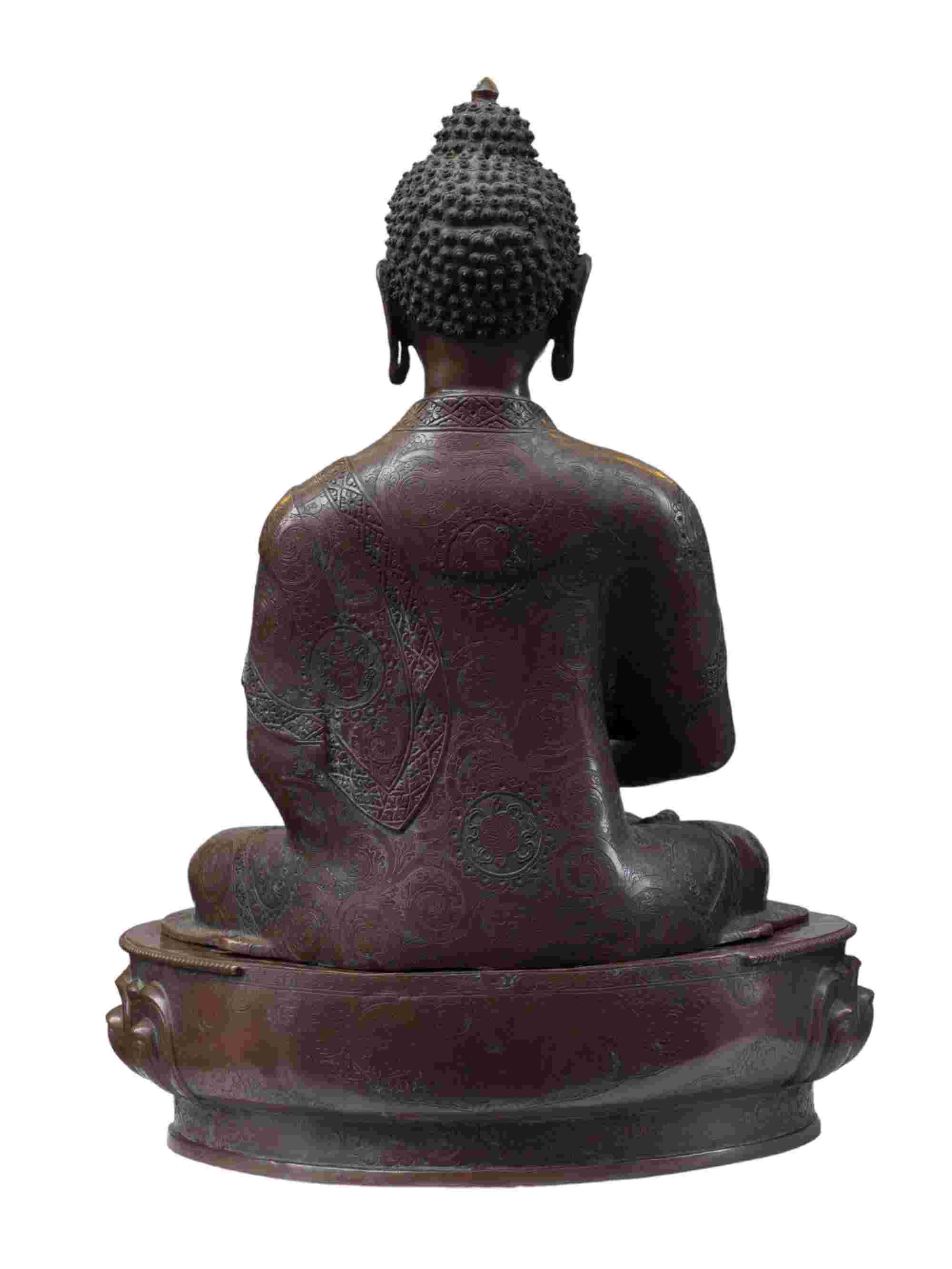 of Amitabha Buddha,
of Amitabha Buddha,  Master Quality, Buddhist Statue
Master Quality, Buddhist Statue 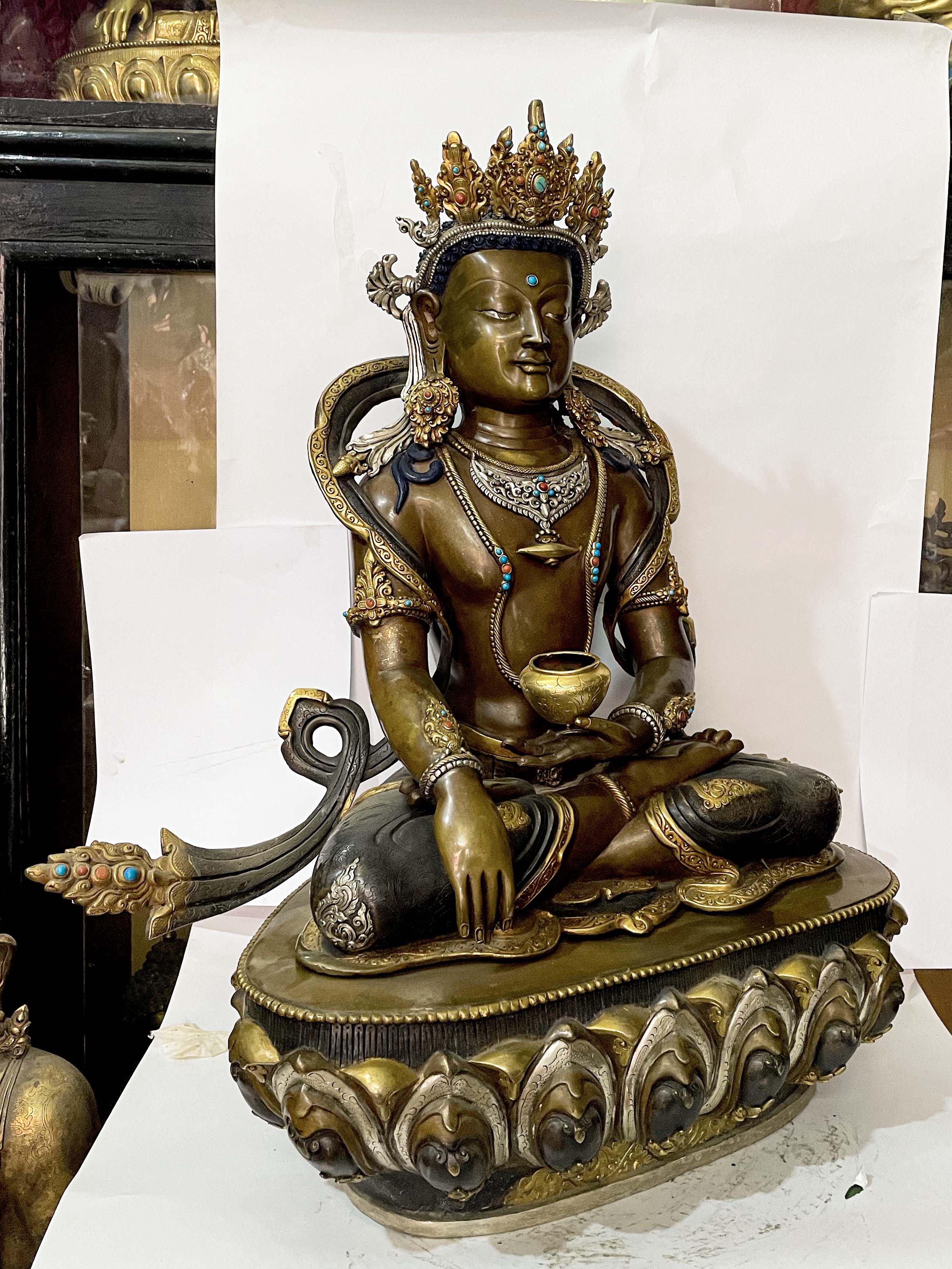 Master Quality, Buddhist Statue
Master Quality, Buddhist Statue  of Shakyamuni Buddha
of Shakyamuni Buddha 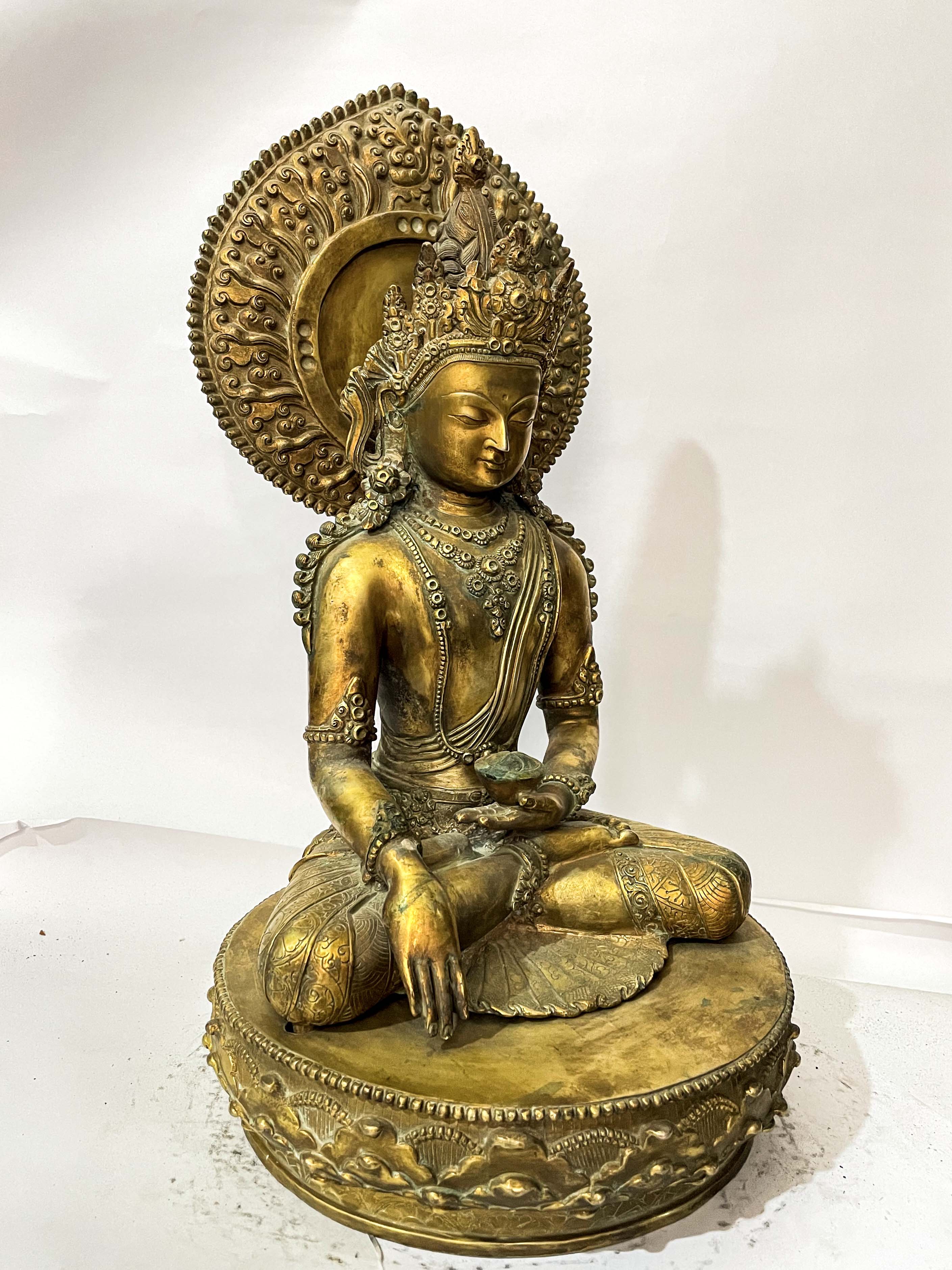 of Shakyamuni Buddha
of Shakyamuni Buddha  of Amitabha Buddha,
of Amitabha Buddha,  of Amitabha Buddha,
of Amitabha Buddha, 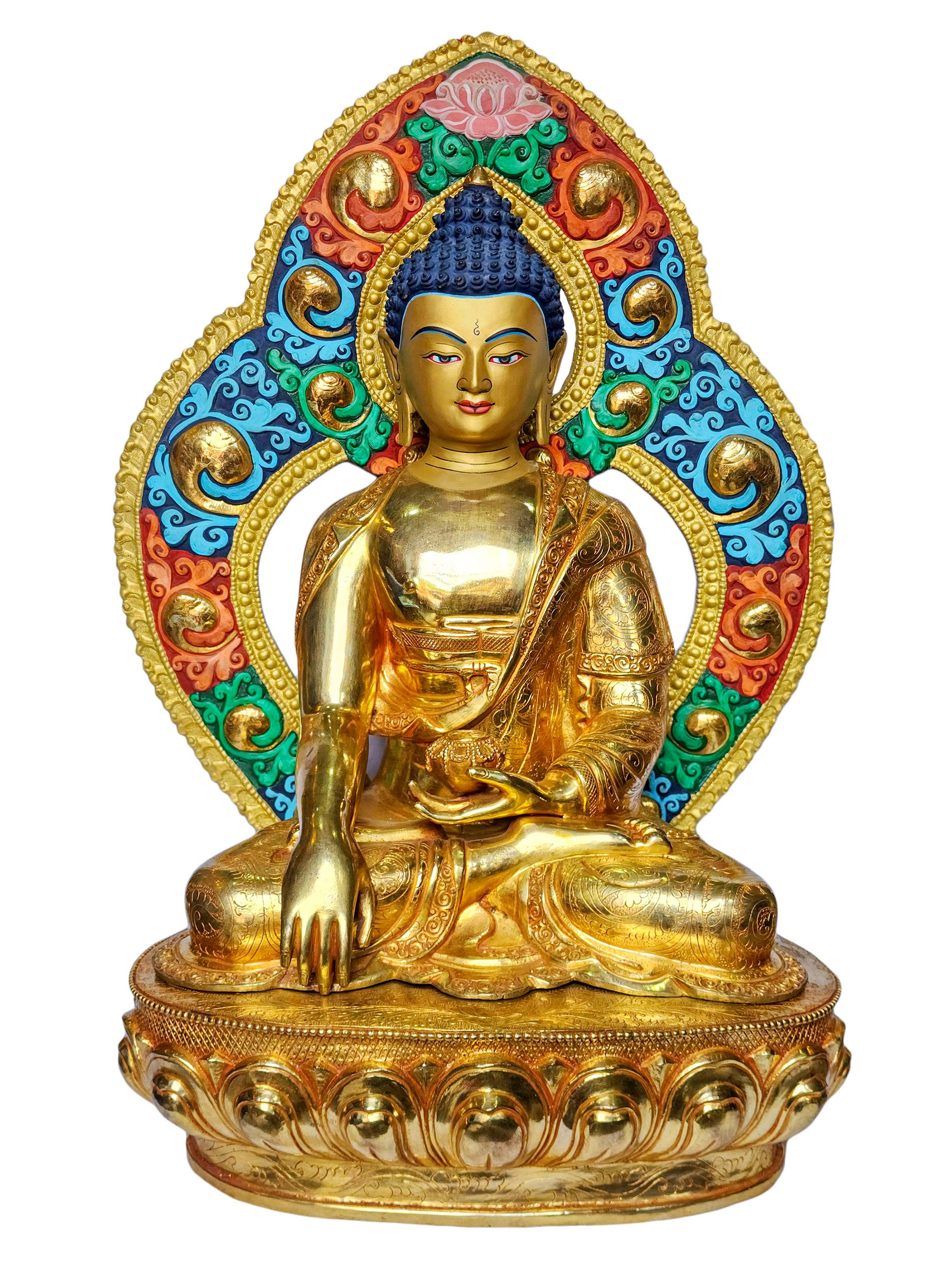 Shakyamuni Buddha, Buddhist Handmade Statue,
Shakyamuni Buddha, Buddhist Handmade Statue, 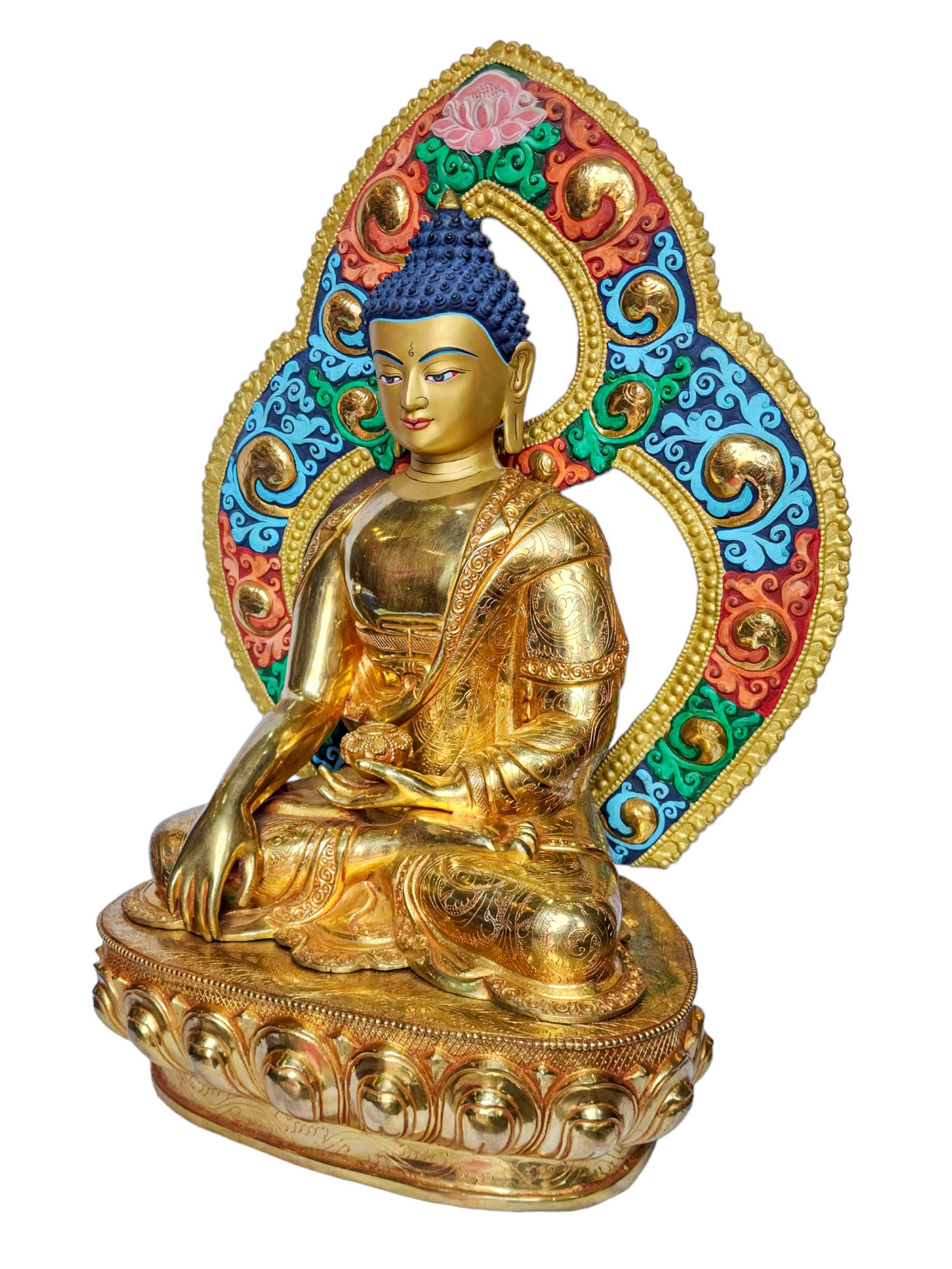 Shakyamuni Buddha, Buddhist Handmade Statue,
Shakyamuni Buddha, Buddhist Handmade Statue,  of Aparimita,
of Aparimita,  of Aparimita,
of Aparimita,  Double Color Oxidation,
Double Color Oxidation,  Double Color Oxidation,
Double Color Oxidation,  of Medicine Buddha,
of Medicine Buddha, 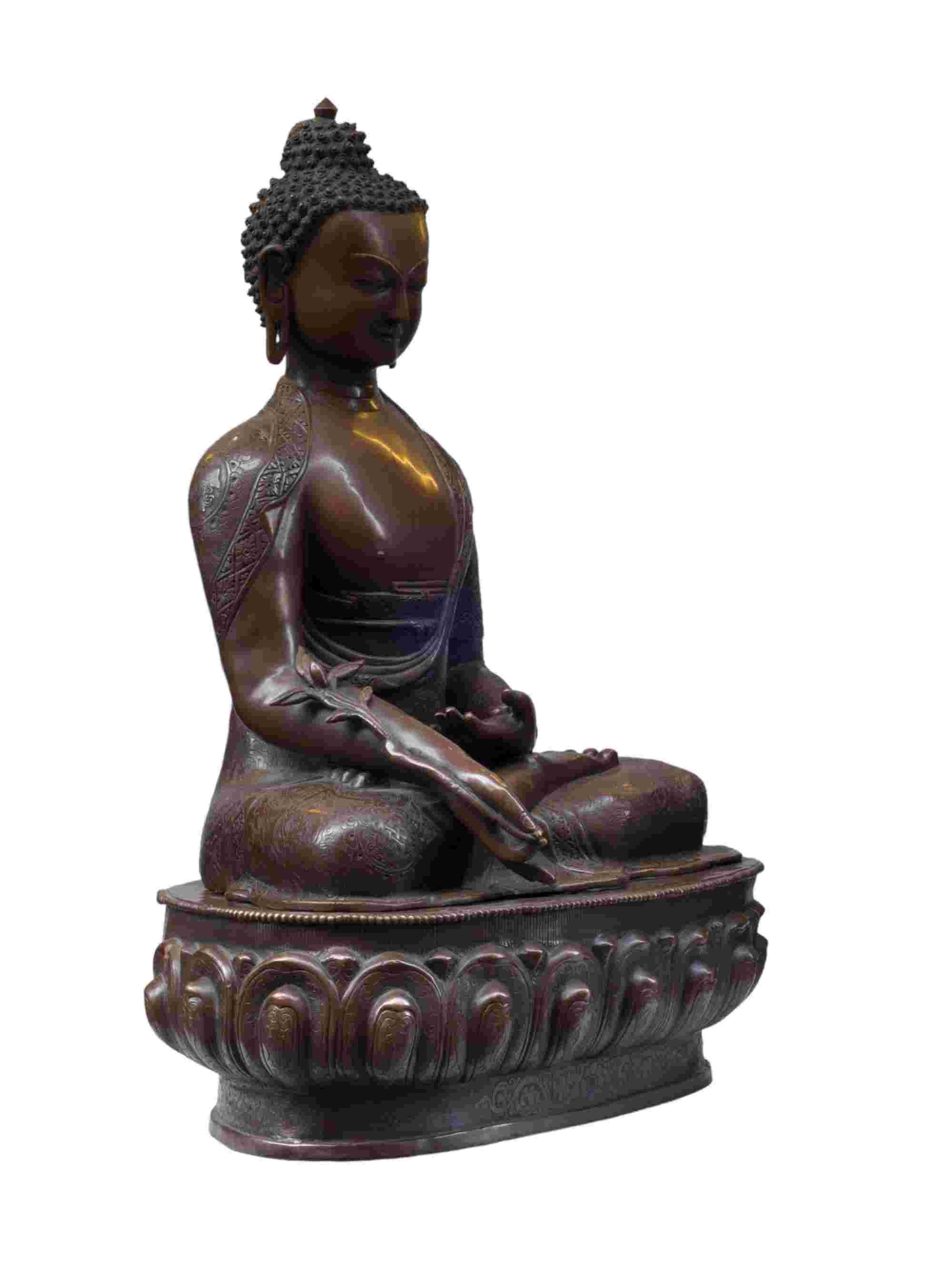 of Medicine Buddha,
of Medicine Buddha,  Old Stock, Nepali Statue
Old Stock, Nepali Statue 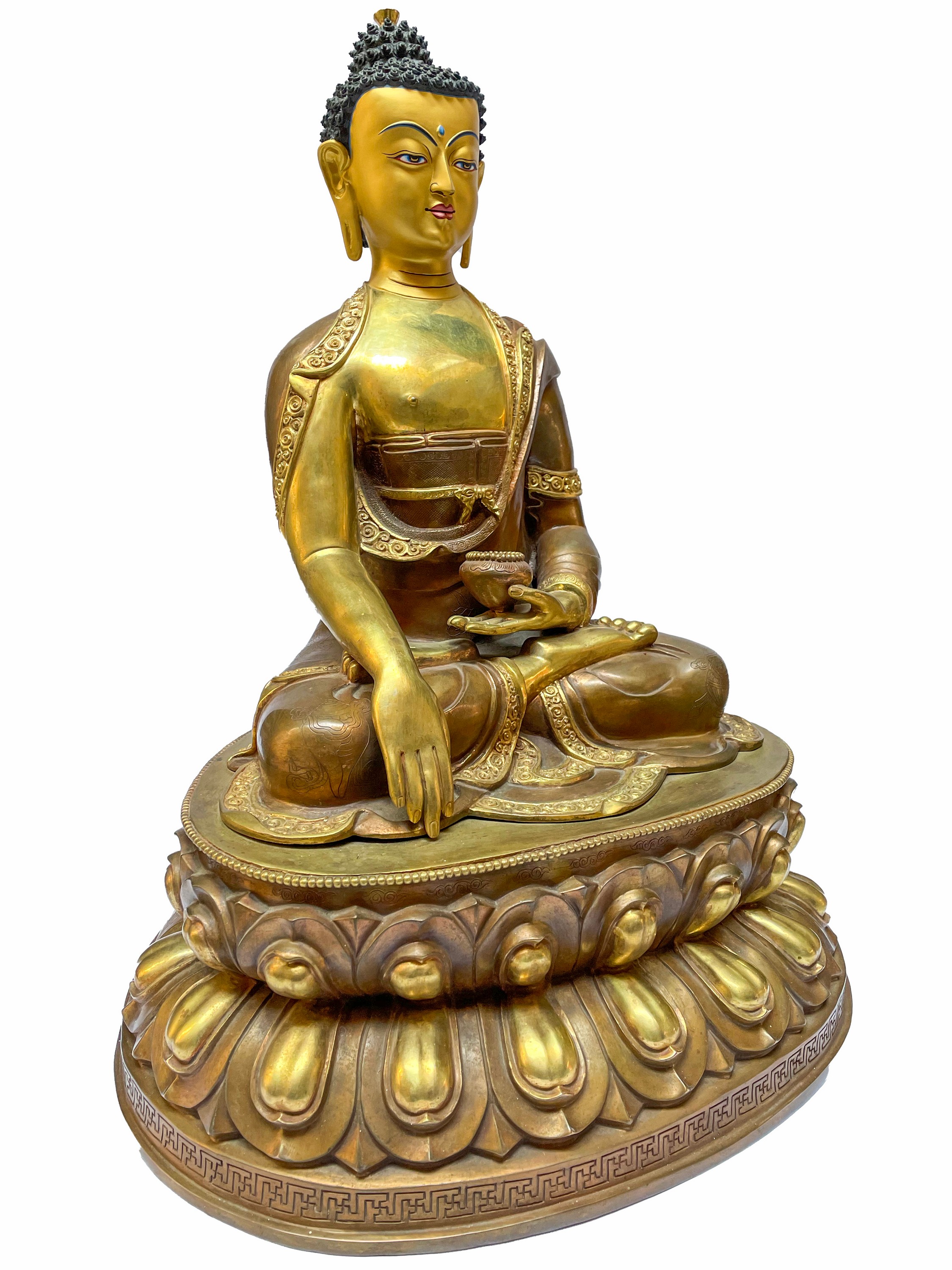 Old Stock, Nepali Statue
Old Stock, Nepali Statue  Medicine Buddha, Buddhist Handmade Statue,
Medicine Buddha, Buddhist Handmade Statue, 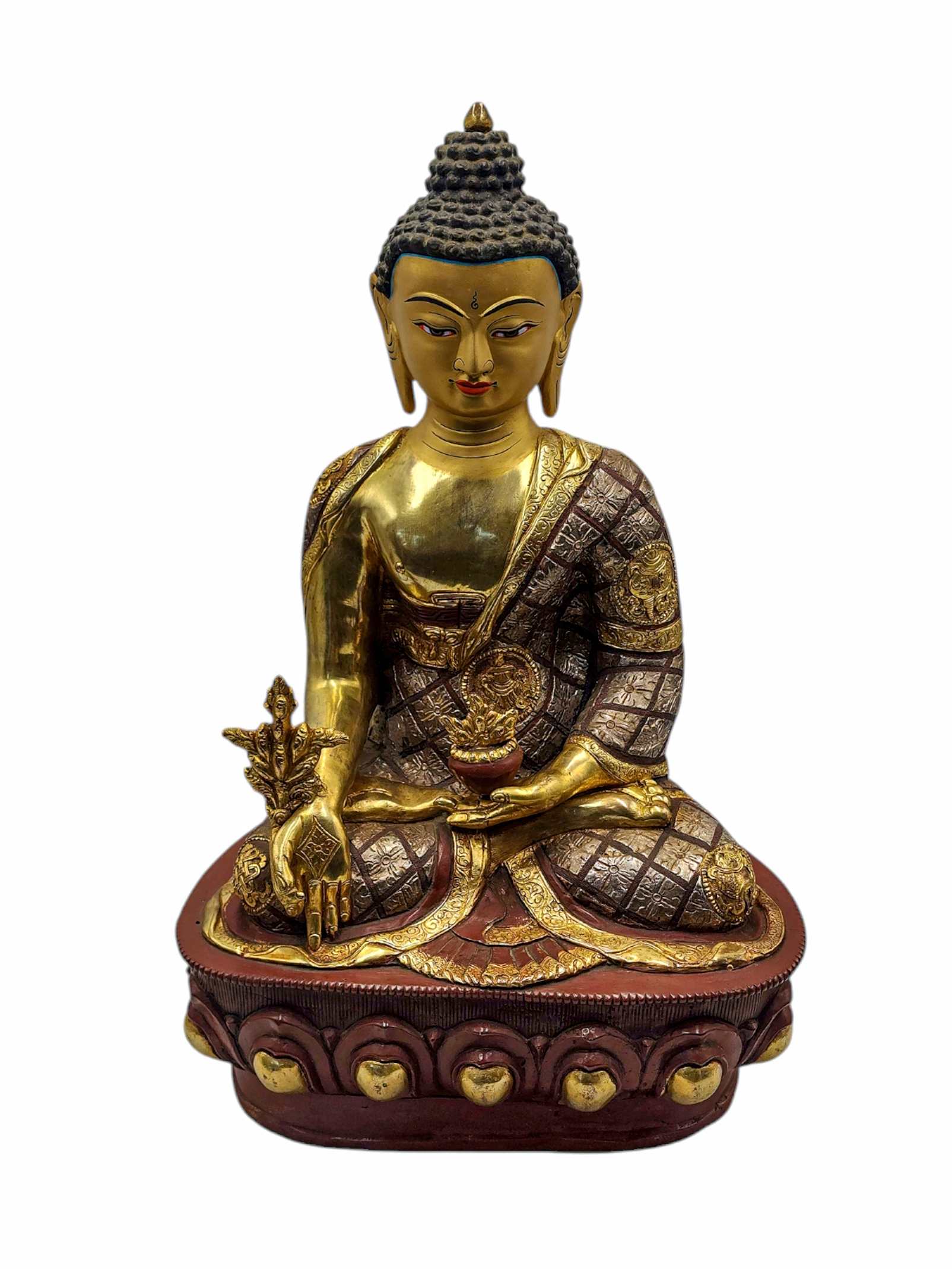 Medicine Buddha, Buddhist Handmade Statue,
Medicine Buddha, Buddhist Handmade Statue,